Go to Eternal Lies: The Alexandrian Remix
LIGHTS IN THEIR EYES: WISDOM AND LUNACY 1840 to 1899
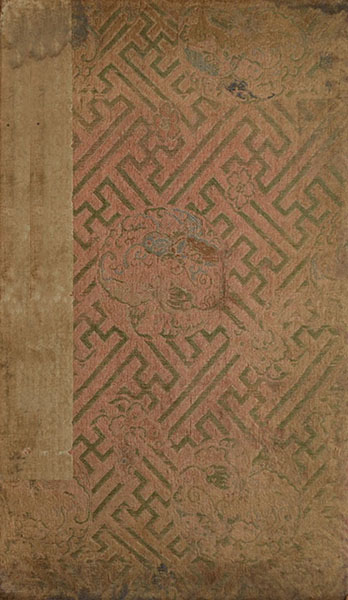
Elizabeth Anne Worley
Published by an English press in 1902, this is a fairly ordinary narrative of the so-called “mystics” and “spiritualists” who swept western Europe in the latter half of the 19th century, along with the nascent culture of debunkers who sought to discredit them. Three of the cases detailed, however, are strikingly different in their character:
Naacal Spirit Worship. A group of veterans who fought in the early days of the Eumerella Wars between European colonists and Deen Maar aboriginals of southwest Victoria, Australia, returned to England in the late 1940’s. They claimed to have brought back a number of strange artifacts, which receive some write-ups in minor archaeological journals of the time before being dismissed as forgeries. These artifacts, however, became the center of an English Theosophist cult which gained notoriety for summoning “spirits of Great Naacal”. Automatic writing among the “possessed” was used in an attempt to reconstruct the “great libraries of the Mayan sages”. These texts, however, were destroyed in a fire in 1868. Worley claims that the rites of the cult were taken from the Cthäat Aquadingen and reports local tales (collected roughly 30 years after the incident) that suggest a “dirge” from that volume was used to “sever the connection” between the cult and ancient Naacal. The severing reputedly left the entire Theosophist circle dead, with only the singer of the dirge bearing any sign of violence (an apparently self-inflicted dagger wound).
Brotherhood of the Black Pharaoh. Although most of Worley’s material on this cult comes from Egypt, its origins are reputedly primarily Sudanese and there are suggestions that it also has strange ties to political organizations in the Peloponnese. Worley also documents the cult’s queer obsession with the Red Pyramid in the Dashur necropolis. The Brotherhood seems to believe that the reddish hue of the limestone the pyramid is constructed from is due to the stones being “dipped in the blood of their god” (a forgotten Pharaoh of the Third Dynasty) and also seek a hidden entrance to the pyramid.
Cult of the Yellow Sign. Worley tracks the movements of a small group of theatrical players and technicians across Western Europe between 1873 and 1889. Although attached to (or perhaps reinventing themselves as) several different touring companies, the publicity material for their productions feature a small, curiously curved symbol which is always rendered in a yellowish hue. Following a series of murders in Lyon, the theatrical company disappears, although Worley suspects they may have escaped to America.
BENEFITS OF SKIMMING
- 2-point dedicated pool for any Investigative ability involving 19th century cults
BENEFITS OF PORING
- Cthulhu Mythos +1
LIGHTS IN MY EYES: WISDOM AND LUNACY IN THE 20th CENTURY
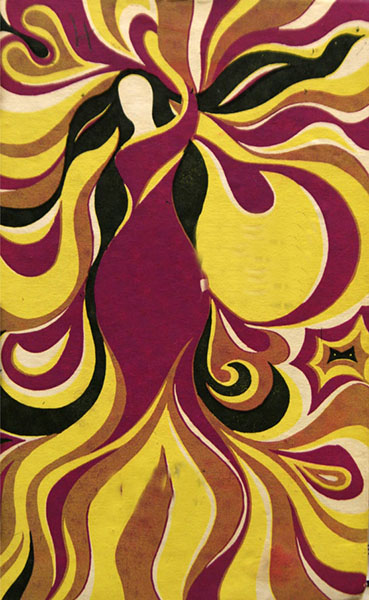
Elizabeth Anne Worley
Although published in 1907, just five years after the first volume of this historical survey (Lights in Their Eyes: Wisdom and Lunacy 1840-1899), Worley’s second book nevertheless attempts to authoritatively document occult activities of the 20th century. The mad scope of her attempt becomes virtually incoherent, however, as Worley begins simply inventing future events from whole cloth, creating a bizarre and fantastical narrative of future history.
However, it must be admitted that some of Worley’s predictions are uncanny in their accuracy. For example, she refers to the “damned Major Whittsley” who would “lead the 77th into that land where man fears to tread, between the lines of Meuse-Argonne”. There, she says, “the star spawn seek to raise that tumult god who lies within the sunken mounts of Yaddith-Gho”. The rest of that section decays into a rambling account of geometric measurements purportedly belonging to the “megalithic temple of Argonne”, but it is true that on the morning of October 2nd, 1918, the 77th Division of the United States Army, led by Major Whittsley, entered the no man’s land of the Great War, became cut off from their supply lines, and entered history as the Lost Battalion.
Much of the text, unfortunately, is elliptical and, at, best, enigmatical. For example, one passage dated 1908 reads: “Legrasse presented himself before the council of wise men, and seventeen years hence the sleeper stirred and the slumber of the world was shaken.” If one could determine the identity of Legrasse, perhaps some meaning could be teased from this.
Where specificity (or at least clarity) can be found, Worley’s words only become more disturbing. She describes a “great protector beneath the lake of his own making” somewhere in the green fields of England, served by “bespined cultists”.
She names the “followers of the Bloody Tongue”, who worship a black mountain in Kenya and performed a ritual in 1916: “M’Weru whirled around the fire-lit circle, and as the blood flowed the apparition of the Herald of Azathoth came unto her.” Elsewhere she names the “Cult of the Bloody Tongue” as being responsible for a “campaign of terror” in 1952.
Towards the end of the book, she speaks of the “Cult of the New Millennium”. Founded in Maryland in 1990, the cult’s leader foretells the fiery destruction of the world in the year 2000. “Hundreds of people followed his vision into the welcoming maw of the end of days,” Worley writes. In fact, her writing in this section is generally more clear-cut and plainly stated than the rest of the book, and the reader is left with the eerie sense that all that she has written revolves around this singular point in a history which has yet to exist.
BENEFITS OF SKIMMING
- 2-point dedicated pool for any Investigative ability involving 19th century cults
- 2-point Mythos Stability test
BENEFITS OF PORING
- Cthulhu Mythos +1
PRINCES OF THE DARKEST HOUR
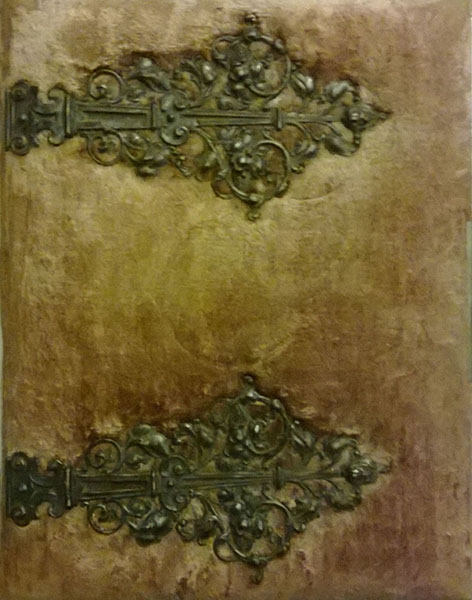
Die Sphinx, the magazine which served as the official organ of the German Theosophical Society, published its last issue in June 1896 and was replaced, under new editorial control, by Rudolf Tischner’s Neue Metaphysische Rundschau. Despite that, this volume – custom-bound with bronze clasps between covers of golden velvet – purportedly contains two series of articles which ran in Die Sphinx starting with the February 1897 issue and ending with the January 1898 issue.
The first series, printed on crumbling newsprint, appears under the byline of Nicolaus Kiefer. Kiefer describes his participation in J. Theodore Bent’s 1891 expedition to the lost city of Symbaoe, the Great Zimbabwe which stands at the heart of a vast network of ruins built from stones of marvelous size. It quickly becomes apparent, however, that Kiefer’s intent is not to aid in Bent’s research but rather to thwart it: He describes numerous ways in which he baffles Bent’s work, seeking to conceal a “große wahrheit” (great truth) which the reader is largely assumed to already be familiar with. Although Kiefer is unsuccessful in dissuading Bent from his belief that the fortresses of Symbaoe is possessed of a “great antiquity”, Bent is eventually left convinced that the city was built by “either the Phoenicians or the Arabs”, leaving Kiefer more than satisfied that the “secrets of Symbaoe” remain hidden from the undeserving.
Some elucidation of the nature of Kiefer’s “große wahrheit” may be offered by the second series of articles, which is presented as a German translation of a document taken from Great Zimbabwe by Kiefer. This mystifying historical chronicle claims that the leaders of the “three of the tribes of Shona” were approached upon the same day and upon the same hour by an identical man “pale of complexion and dressed in rich robes” with his hair covered by “a white Atef crown, bedecked with wondrous-strange plumes which some took be those of an ostrich, but of which others were not sure”.
The pale man told the three chieftains that he would show them the marvels of their heritage and the secrets to which they were heir. One of the chieftains refused his gift, and so the pale man removed his white Atef and the chieftain was struck blind. But the other two chieftains went with the pale man and he led them to the “black city of Nyhargo”. There he took them through the “secret entrances of the basalt towers” and showed them “all that had been forgotten”. There follows a strange sequence of primitive imagery, almost Dadaesque in its fractured simplicity. At the end of these “visions”, the pale man left them, but the chieftains returned to their people and “upon the bedrock of Nyhargo were their great works built”.
BENEFITS OF PORING
- Cthulhu Mythos +1
- 1-point Mythos stability test
SEEDS OF FORBIDDEN FRUIT
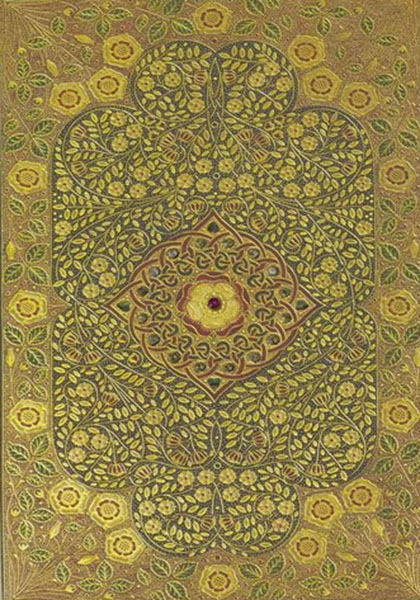
Infamously printed in 1887 as a limited run of 500 copies (virtually all of which were destroyed shortly thereafter), this volume is Sir Richard Francis Burton’s translation of a Chinese original. This copy has been intricately decorated with gilt and has a single ruby carefully recessed in its front cover.
Seeds of Forbidden Fruit begins as a variant telling of the Feast of Peaches, a common Chinese myth in which the Jade Emperor ensures the immortality of his chosen deities by feasting them with the Peaches of Immortality at the holy palace of his wife Xi Wangmu (the Queen Mother of the West).
In this telling of the tale, however, the Palace of Xi Wang Mu does not belong to a goddess. (The shift in conjunction is crucial, according to Burton.) Rather it is the Western Palace of the Nothing-Spirits. The gods of this tale are born from the Nothing; “skimmed from the golden skein of the not”. And rather than being given peaches, they fall upon the Jade Emperor (who is described in disturbing and alien terms) and harvest their forbidden fruit from its sacrificial flesh.
After the fruit has been eaten by the gods, they harvest its seeds and give each seed to a mortal messenger. The journey of each seed is then told in a separate tale, and each journey is studded by allegorical incidents of a terrifying character. Many are pourquoi (origin stories) for various plants, animals, and locations, each purporting that various phenomena of the natural world are the result of actions depraved, disturbing, and, ultimately, alien.
All of the seeds (save one) eventually arrive at the legendary monastery of Yian-Ho where they are planted to form a hidden garden. From time to time, one of the immortals who fed up on the fruit-flesh of the Jade Emperor will come to the garden, take from it the seed of a flowering sapling, and carry it out into the world “beyond the monastery”. Those who feed upon these seeds are “made part of the Immortal” (which, by implication, does not appear to be the same thing as becoming immortal).
BENEFITS OF SKIMMING
- 2-point Stability test
- Cthulhu Mythos +1 (if character does not already have Cthulhu Mythos)
THE TEMPLE OF FURTEA-NYA
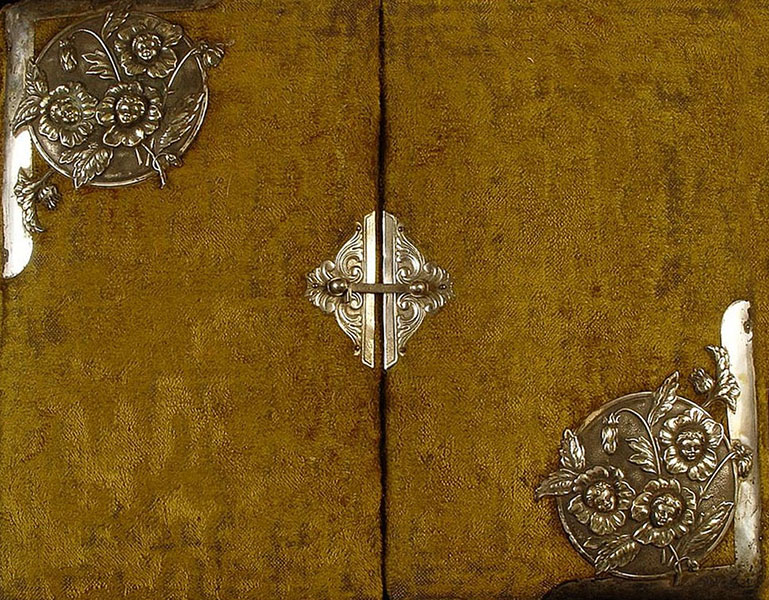
Custom-bound with a clasped, bi-fold cover, this oversized volume has been printed on linen paper and features lush, 19th-century watercolors that are almost completely at odds with the bleak text which accompanies them.
The book begins: “At the heart of the temple of Furtea-Nya there stands a grim altar of human skulls, smeared with grisly phosphorescence.”
The temple is said to “lie apart from this world”, but also to be “nestled within the honeycomb warrens of the worms of the earth” who were “sprung from the loins of the children of the night”. It was built to venerate the greatest treasure of the Children, which is described as “a decahedronal mass of flinty crystal, with the weight of foul nightmare”.
To reach the Temple of Furtea-Nya, one must find “a door of lilies” and present to it “a lotus in full bloom”. But it is also said that a “blood-soaked hand must be used to mark bare stone” in order to create “cracks which gloom with the nether of existence”.
The Temple of Furtea-Nya is, in fact, filled with these contradictory images, which are further highlighted by the unrelenting imagery of the watercolors, which seem drawn from the fancies of Richard Dadd and John Anster Fitzgerald through the distortion of a funhouse mirror.
The text, like the impossible temple it describes, also seems to pivot endlessly around the “greatest treasure”. Its “impervious strength” and “adamantine shell” are often invoked, but it is also described as a “seed” which will be “driven like a spike into the minds of men, and from those fertile fields swell in obscene pullulations that stretch forth to form the bridge”. A bridge, it is said, which will carry all those who are willing “unto the Castle in the Sky”.
THE WOMB OF THE BLACK STONE
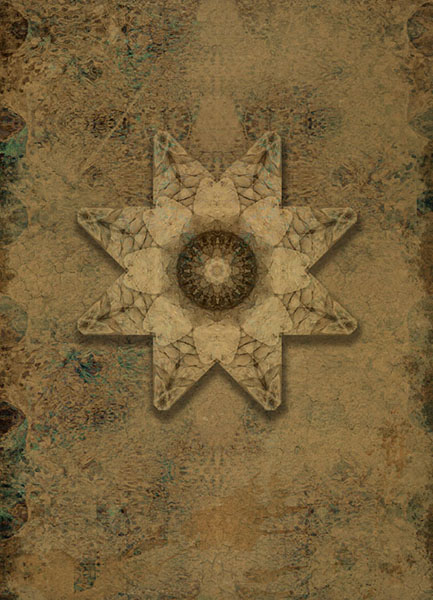
Handwritten onto pages of limp vellum, The Womb of the Stone is a Hungarian translation reputedly transcribed from a folding book which is described in detail and almost certainly represents a Mayan codex similar to the Codex Dresdensis.
The content of the book, however, bears little resemblance to the other Mayan codices which survived the flames of Spanish intolerance. It takes the form of a mystical autobiography as the author performs the mental and physical preparations necessary for some form of momentous religious rite. Some of the acts described may represent actual practices of the Mayan religious caste (such as the application of face paints or tattoos using a queerly metallic substance), but others seem to be symbolic explications of the spiritual journey undergone by the “chosen” (for example, the visions of a “sky-born citadel” which hang in a seemingly hallucinogenic “empyrean void” which is “one with the skies of Earth”). Many of these acts are barbarous, involving acts of violence either committed by the author or done to them. (In one lurid passage, the author is forcibly castrated because his “seed which shall be transformed” has not been deemed “worthy of inheritance” (or perhaps “lacking of primogeniture”).
The ritual at the heart of the book consists of entering “the needle which his a dark (black? starless?) echo of the Stone”. It suggests the author’s religious beliefs revolve around some form of primitive animism: Life is a river that nothing from the universe can separate itself from. “That which is apart is illusion; all things are as one.” (More literally, “share a common pool (of blood)”.) This “binding of Life” forms a tenuous (nebulous? ethereal?) link “between worlds”.
After the author passes through the “transforming womb” of the ritual, he engages in what appears to be a dialogue with his god, an entity he names “Gol-Goroth”. The actual words exchanged, however, are rendered in a script apparently unfamiliar to the Hungarian translator (who instead merely attempts to duplicate the original characters). Studded around these incomprehensible words, however, are brief descriptions of the “chosen place (large land?)”. The author’s attention is apparently drawn repeatedly to the “great eye” which hangs in the “vastness” of their spiritual journey – above, but not of their god.
The last words of the book read, “Now do I speak with the voice of God.”
BENEFITS OF PORING
- Cthulhu Mythos +1
BOOKS OF THE LOS ANGELES CULT: ECHAVARRIA’S LIBRARY
(PDF Copy)












Hello,
I just wanted to say you have done an excellent job with this remix. My apologies for leaving a question so long after you wrote this (people are still using your content 7 years after publish!) but I had a few questions on the usage of these books. First, when would you allow the players to read these books? To my understanding, one lot is in the UCLA library, and another is in Trammels study. My confusion comes from the section in your campaign notes that describe handing out the props using Accounting and Library use spends while investigating Echavarria in LA. Obviously, if just doing investigation into this mans estate, the PCs wouldn’t actually have physical access to the books yet.
Second, what amount of information did you intend to give to the players regarding the books before they skimmed or pored over them? Would you reveal the effects of skimming and poring over before they chose to do so? Did you intend to have the GM hand out the prop containing the description of the book before the PCs read it?
My plan to get around both of these issues was to simply hand the players the list of book names when they were discovered, either during general research, or actually physically found in their current locations. At this point, I would let the PCs choose which item out of the list they would want to read, and then hand out the small page describing the book once they have skimmed it.
Please let me know if this is the way you intended to run this prop. I think you’ve done a really amazing job with all this and am so grateful you’ve provided this content for the rest of us to use!